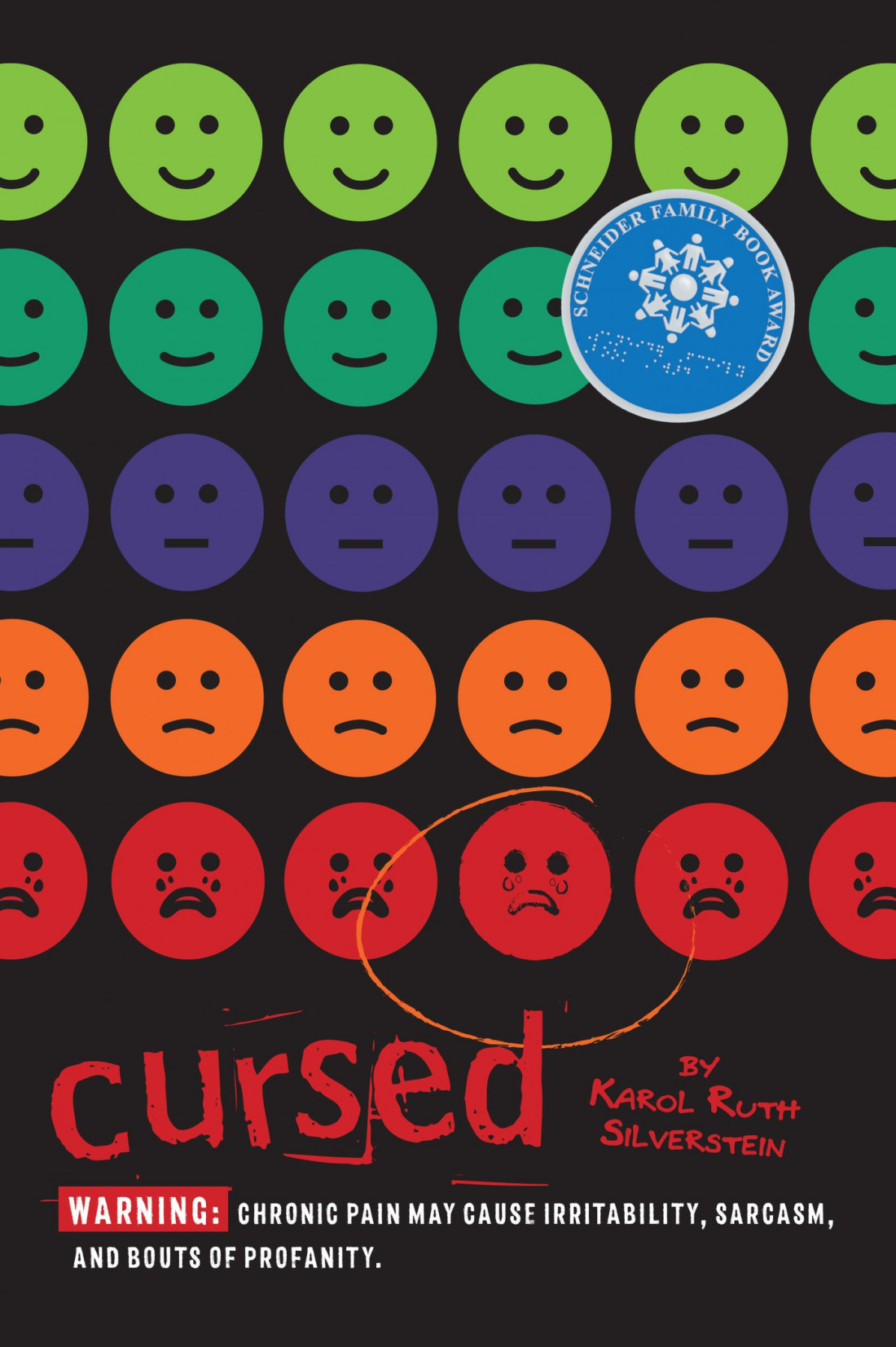Disability representation needs to be nuanced, realistic and respectful
Reading in Colour

Columnist Valerie Chelangat points to Karol Ruth Silverstein’s Cursed as an example of literature that responsibly deals with disability.
In an article about the (in)visibility of disability in literature, Daily Cardinal writer Raynee Hamilton likens fiction to a mirror, suggesting that reading about people who look like oneself can help readers visualize what is possible.
When a reader does not see themselves represented, or when the representation is harmful, what message does that send to them? When other readers don’t see a certain group included, what are they left to think?
People with disabilities are underrepresented in literature, yet, in Canada, over 6.2 million people live with one or more disabilities, according to a 2017 survey from the Learning Disabilities Association of Canada. That is 22 per cent of the Canadian population.
A Toronto Star survey in 2018 found only two per cent of characters in kids’ books represent children with disabilities. It is even more difficult to find protagonists with a disability when multiple marginalized identities are at play.
Children with disabilities benefit from seeing themselves in books. It widens their horizons. It opens them up to the possibilities available to them.
Disability representation needs to be nuanced, realistic and respectful. Disability is often portrayed harmfully in fiction as a problem that needs fixing either through cure or death. One example is in Me Before You, a novel that author Jojo Moyes concludes with the assisted death of quadripeligic character Will. Will’s determination to end his life tells readers quadriplegia is worse than death. This portrayal lacks empathy and feeds into negative discourse around disability.
To non-disabled readers, literature that includes nuanced, realistic characters with disabilities normalizes and respects them. It acknowledges their existence as an important part of the fabric of society.
Karol Ruth Silverstein, who authored the young-adult novel Cursed about a teen newly diagnosed with a painful chronic illness (based on her own experience), explains in weneeddiversebooks.org that disability representation bridges “the gap between discomfort and familiarity, between fear of the unknown and true empathy.”
It’s important to diversify reading lists by including books that feature characters with disabilities. One book that could be a great jumping-off point is Disability Visibility: First-Person Stories from the 21st Century. Edited by Alice Wong, this collection of personal essays by disabled writers demonstrates the richness and complexities of disabled experiences. It paints a wholesome image of the everyday lives of people living with disabilities.
Another is Get a Life, Chloe Brown by Talia Hibbert, a romantic, fun read about Chloe, a chronically ill computer nerd who makes a list to help her “get a life.” On her list, she includes things such as “enjoy a drunken night out, ride a motorcycle ... have meaningless but thoroughly enjoyable sex ... do something bad.” Hibbert does not shy away from exploring Chloe’s disability, but she also does not make it the focus of the story.
In the children’s section, I would highly recommend I Talk Like a River by Jordan Scott, a true story aimed at children between the ages of four and eight. Scott, who stuttered as a boy, often felt isolated, alone and unable to communicate in the way he wanted. In the book, his father helps him reconnect to the world.
Finally, A Kids Book About Disabilities by Kristine Napper is a great place to start talking to children about disabilities. She introduces herself, her wheelchair and the condition she was born with, and then goes on to describe her experiences in the world in a kid-friendly way.
Exposing readers to realistic and multidimensional disabled characters in literature is crucial to eliminate fear and discomfort for able-bodied people, and for those with disabilities to see themselves represented.
Valerie Chelangat is a Kenyan-Canadian writer and bookseller. She loves Winnipeg but struggles with the winter. She gets through the season by reading any books she gets her hands on and drinking too much tea.
Published in Volume 75, Number 14 of The Uniter (January 14, 2021)






